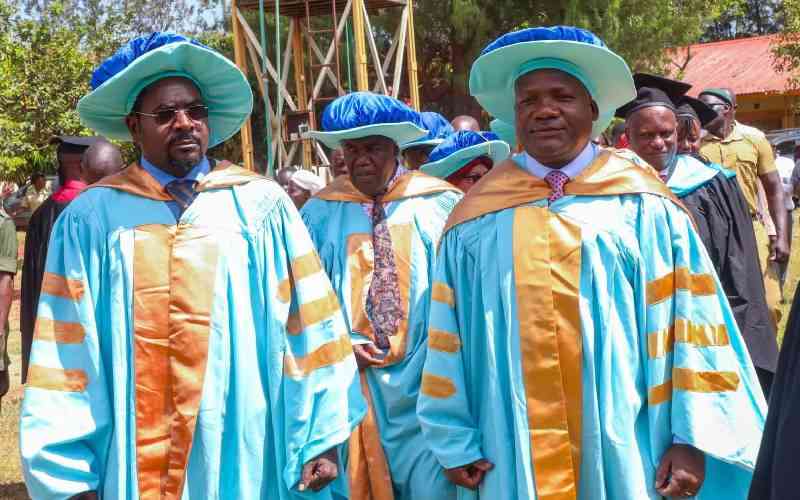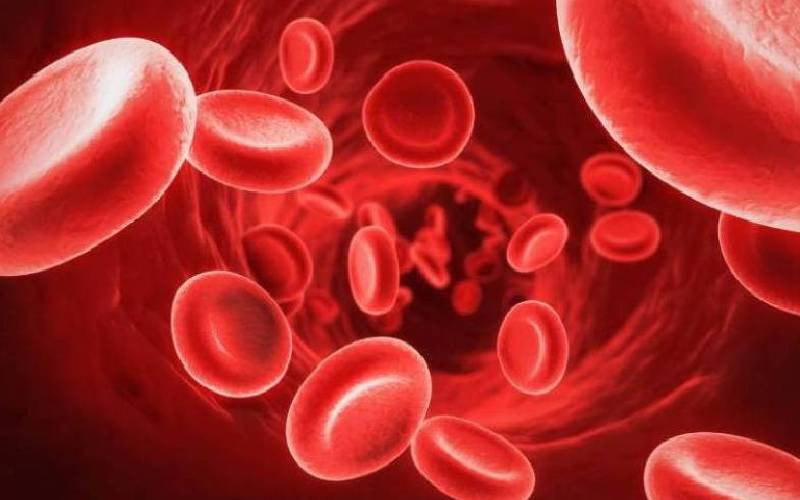Every child has openings in the abdominal wall that close before or immediately after birth.
A hernia will develop if these openings do not close allowing the intestines or other organs to push through them.
They may occur in both children and adults and are classified according to where they are located that is the umbilical (belly button) and inguinal (groin) hernias.
According to Dr Peninah Musyoka, a Pediatrician at Machakos Children's Clinic, the inguinal hernias occur in the groin area and will present as a small bulge, which may be direct or indirect inguinal hernia.
In the indirect inguinal hernia, there is the inguinal canal where the testis will pass from the abdomen to the scrotum and when the testes are being developed in the abdomen then they descend into the scrotum where they are supposed to stay.
"In most babies, it will close spontaneously but in some, it remains open and when there is any abdominal pressure, the tissue will protrude or bulge," she explains.
For the umbilical hernia, Dr Musyoka says they develop around where the navel or umbilical cord was attached and occur when the muscles around the belly button or the umbilical ring do not close after the left umbilical cord falls off after birth.
"The reason why hernias are common in children is that most of them are congenital for example in the umbilical hernia, there is the umbilical ring where the placental vessels pass from the placenta to the baby where the baby gets nutrition from the mother," says the doctor.
Most of the hernias are usually asymptomatic and do not cause any problem to the child as they close on their own within a year or two after birth, but may require medical intervention when they fail to close around 5 years or when they are bigger than 1.5 cm in diameter.
She explains that sometimes part of the intestines that protrude into the umbilical ring may get stuck causing incarceration and if this happens for a long time, it may lead to strangulation.
This is a condition that may necessitate a surgical emergency because strangulation means the blood supply has been cut off.
"There are myths that people have regarding hernias like taping a coin on the bulge or asking their brother to step on the hernia with the big toe, and I want people to understand that the skin may be interfered with by the coin and a reaction occurs, and stepping on the child may cause injury, so let us shun these myths and seek medical help, when need be," she explains. "There is no cause for alarm when your child develops a hernia."
 The Standard Group Plc is a multi-media organization with investments in media
platforms spanning newspaper print
operations, television, radio broadcasting, digital and online services. The
Standard Group is recognized as a
leading multi-media house in Kenya with a key influence in matters of national
and international interest.
The Standard Group Plc is a multi-media organization with investments in media
platforms spanning newspaper print
operations, television, radio broadcasting, digital and online services. The
Standard Group is recognized as a
leading multi-media house in Kenya with a key influence in matters of national
and international interest.











